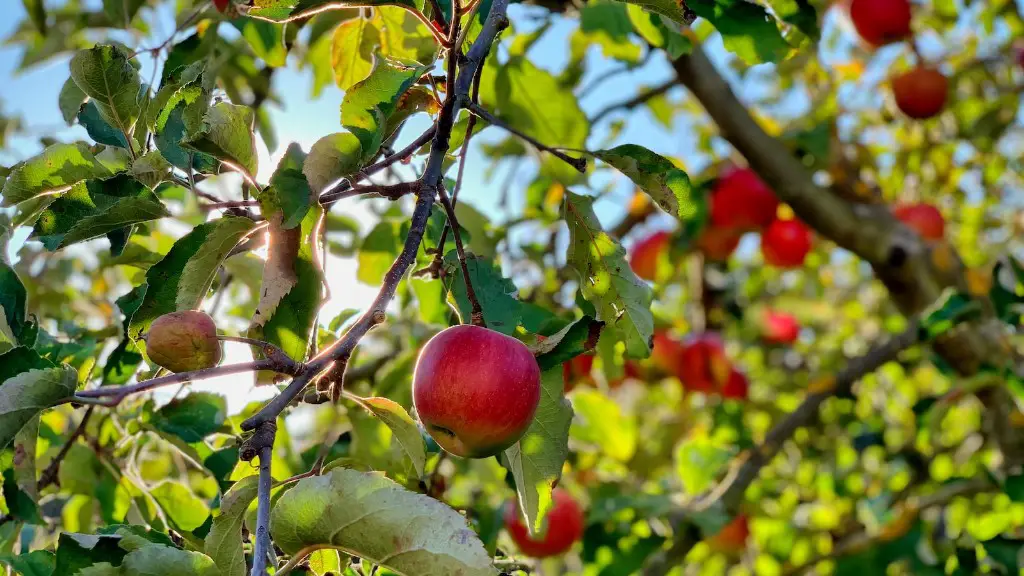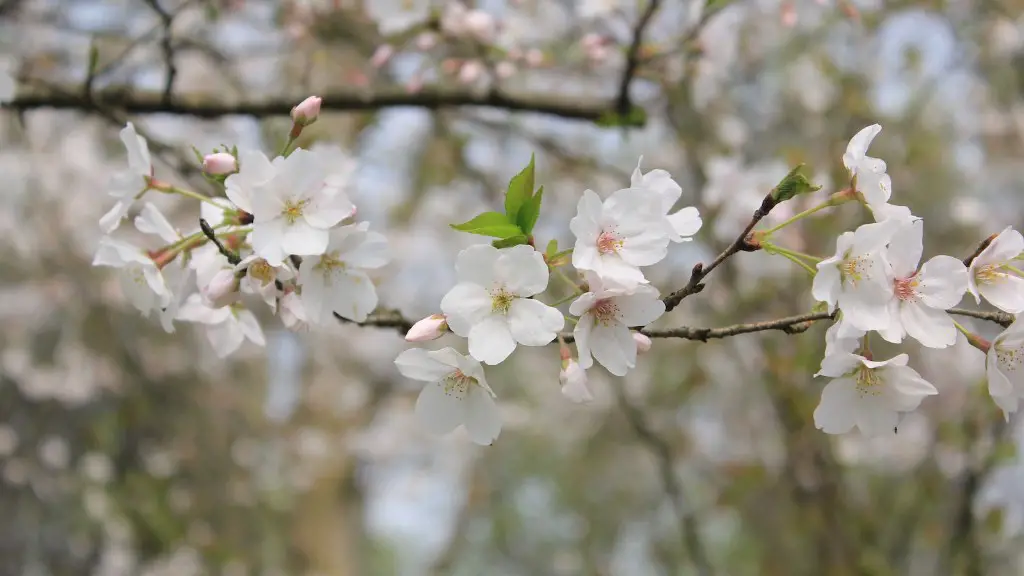Home gardening has become increasingly popular within the past few years leading many people to explore their green thumbs. Avocado tree ownership is no different, as it often encourages people to become passionate about plants due to their unique growing habits and delicious edible fruit. Homeowners who have been lucky enough to acquire a flourishing avocado tree in their backyard may have noticed that its leaves are turning brown, leaving them perplexed and worried.
Browning leaves on an avocado tree can be a sign of low health or improper care, as there are a slew of different environmental and nutritional factors that cause discoloration. Homeowners should first start by inspecting the soil; if it is too hard and compact, the tree is struggling to uptake the necessary minerals and water. In contrast, over-saturation of water and fertilizer can also stress a tree and leave it vulnerable to diseases.
Additionally, the lack of light can cause the leaves to brown and calcium can also play an important role in keeping the leaves green. An acidic soil composition can make it difficult for an avocado tree to uptake sufficient levels of calcium which can lead to chemical imbalances within the foliage. In order to determine an ideal pH balance, make sure to purchase a soil test.
However, brown leaves can also be the sign of an onslaught of diseases such as root rot, brown mold or rust. These particular infections attack the plant’s leaves and roots, leading it to brown quickly. Fungicides and other chemical treatments can help protect a tree from disease, but prevention is always the best option.
One of the best ways to prevent leaf discoloration is to give the tree sufficient water and space to grow. Avoid leaving large piles of leaves on the soil as it can harbour potential pests and diseases. In addition, homeowners should check in on their tree at least once a week to inspect for any bugs or blights.
If the leaves keep turning brown, it may be beneficial to call in a local horticulturist for professional help. Horticulturists are trained to look at environmental and biological factors in order to determine the best possible solution. They can also provide tailored treatments that could potentially save the tree from further damage.
Identifying Causes
In order to determine why an avocado tree’s leaves are brown, a homeowner must first look at the physical and environmental components contributing to the discoloration. Nutritional deficiency is one of the main causes of leaf discoloration and can be easily remedied with fertilizers and soil tests.
If the issue is not related to the soil composition, then homeowners should check for bugs and diseases. Trees who receive plenty of water and support with ample sunlight are generally less prone to disease. Some pests to look out for include spider mites and aphids who are known for their small size and voracious appetite.
In some cases, the browning of leaves can also be attributed to age and weather. Older trees generally have thicker, tougher leaves which are prone to changing colors after several years. In contrast, dry regions and temperatures can leave a tree vulnerable to stress which can result in discoloration. In both cases, it is best to wait and let nature run its course.
Plant Care
As with any other plant, an avocado tree requires special care and attention for it to grow and remain healthy. Homeowners should always check the soil before planting an avocado tree, to ensure that the soil is not overbearing for the tree’s roots. They should also remember to prune the limbs and roots regularly in order to get rid of any dead or diseased parts.
In order to provide the tree with enough sunlight, homeowners should look for a spot that receives at least 4-6 hours of direct light a day. If the tree is placed in a garden bed, make sure to thin out the soil and restrict overgrowth. Garden beds can be overcrowded, leaving trees with little room to stretch and develop.
Fertilizers are also a great way to enrich a tree’s soil and assist with the uptake of vitamins and minerals. Apply a general-purpose fertilizer during spring time and then switch to a liquid-based fertilizer during the summer months. Make sure to only use fertilizers during the tree’s active growing season in order to avoid excessive damage and leave it in a weakened state.
Disease Prevention
When it comes to outdoor plants, prevention is key! Homeowners should check their avocado trees at least once a week to inspect for potential diseases and pests that could infect the tree. In order to keep pests away, make sure to spray your tree with neem oil or other organic pesticides.
Furthermore, it is important to check for mold and other fungi-like growth on the leaves. Mold is generally visible in its early stages, so make sure to catch it before it spreads to the other parts of the tree. In order to avoid the effects of root rot, provide your tree with an adequate drainage system and be sure to not overwater it.
In some cases, browning of the leaves may be due to age and weather. If this is the case, do not be alarmed and instead, be patient as the leaves may return to their normal state. Be mindful of the temperature and climate in your area, as it could have a substantial effect on the health of your tree.
Treatment of Avocado Trees
If it does not appear that the browning of the leaves is the result of age or weather, homeowners may want to consider treatment to try to stop further damage to the tree. Remedies for infected trees may involve a combination of fertilizers and fungicides, with each one applied twice a week. Never give an avocado tree more than two doses of fungicide, as it will result in reduced health.
Additionally, insecticides can also be used to reduce the impact of pests on an avocado tree. However, these chemicals should only be used if the owner notices a substantial outbreak of pests. Make sure to carefully read the instructions in order to find the right insecticide for the tree.
If the avocado tree’s health remains a major issue after treatment, then it may be beneficial to call in a local horticulturist. These experts have an intimate knowledge of trees, and can provide tailored advice and treatments that could potentially save the tree from further damage.
Nutritional Balance
The nutritional balance of an avocado tree is essential for its healthy development and can be achieved with the use of soil tests. Through a soil test, homeowners can determine the ideal pH balance, as well as the amounts of minerals and nutrients present. This can help when it comes to understanding whether the tree has a deficiency in a certain mineral or vitamin.
Most avocado trees will require little additional fertilizer as the composition of soil and organic matter should provide sufficient minerals and nutrients for normal growth. However, if the pH balance is too alkaline, then it may be beneficial to add some iron sulfate or elemental sulfur to the soil to reduce the alkalinity and ensure that the tree can uptake certain minerals and vitamins.
Homeowners should also avoid watering the tree too much and cut down on the use of chemical fertilizers. The use of fertilizers can have a major impact on the health of the tree if used in excess, so make sure to follow the instructions for dosage when applying.
Keeping Avocado Trees Healthy
In order to keep an avocado tree healthy, homeowners should keep an eye on its growth and development. Inspect the tree regularly for potential pests and diseases and try to avoid leaving large piles of leaves on the ground. Homeowners should also consider purchasing a soil test in order to determine the ideal pH balance, as well as the levels of vitamins and minerals present in the soil.
Finally, when it comes to pruning and trimming, owners should always maintain a professional approach. Make sure to cut away dead or diseased parts of the tree and avoid cutting too close to the root system in order to maintain a healthy balance within the tree.
That being said, the best way to avoid discoloration of the leaves is to simply provide the tree with sufficient water, light and space. As with any other plant, avocado trees need sufficient care and attention in order to remain healthy and productive. With the right approach, owners can enjoy all the benefits of growing avocados without having to worry about discoloration of the leaves.



